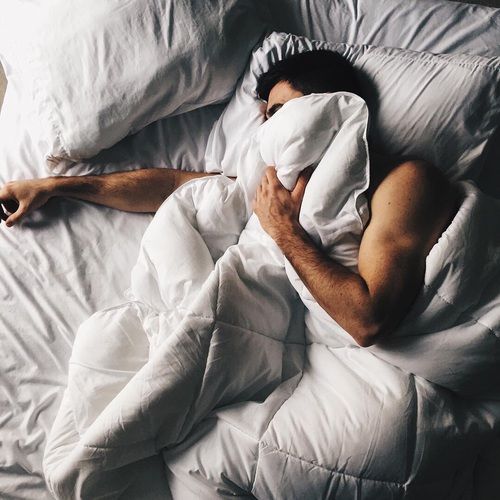|
Modern Décor and the Psychology of Sleep
Tiny living is designed to save time by maximizing space. As more people turn to this new style of living, many are discovering the positive impact it has on their lives. In this post we look at how this trend will change a person’s outlook on life, and how it could it could be beneficial to improving their sleeping habits. A tiny home is not a compromise on building standards. A blog post from Modern Tiny Living stresses that for even for the tiniest of homes like The Nugget, an off-the-grid micro-home on wheels, the standard of smart design and durability should always be upheld. The same way you don’t want to settle for anything less in your tiny homebuilding process, you don’t want anything taken away as you transition and embrace the tiny home lifestyle and everything that comes with it. One of the potential challenges you may encounter is getting great shuteye making that traditional-to-tiny-home shift. Although truthfully, there isn’t really much to fret about because you could be doing yourself a favor more than you think. Feel Good, Sleep Well Examine: The Koko2. Modern Tiny Living highlights this 24-feet custom made trailer allows a substantial amount of sunshine into the space and offers convenient vantage points for relaxing views. This upside to tiny home living can be beneficial to your afternoon naps or even help you to get a good night’s sleep. Live Science notes that you can improve your mood and your body-clock when you’re more regularly exposed to natural light. Plus, you tend to become calmer in the presence of wooden design features, from flooring to surfaces. With that in mind, it seems that tiny homes have more than a conducive sleep set-up than regular living spaces. Blush Your Bedroom Color can not only make a space seem bigger, but it can also make you sleep better. To facilitate rest and help create routine, choosing the right bedroom wall colors may make a huge difference. A blog post from Leesa suggests that “spa-like blues” and “greens-inspired by nature” with accompanying accents of gray and even neutral tans are the best colors to creating a sleep-inducing environment. This is a perfect fit for tiny homes that are nestled away in the middle of nowhere and want a color scheme that corresponds with earthy tones. A fine example of this is The Point which is a 20-feet home-on-wheels that has incorporated sleep-favorable colors into its design. But as personality and preference dictates most design and décor, the objective is always simple and straightforward: choose complementing shades that can make you ultimately achieve quality sleep. Simple is Relaxing Living in a tiny home means streamlining everyday decisions. Limited space translates to less clothes, choice appliances, and eliminating other lifestyle options that are not necessary .Psychology Today underscores that the simplicity in décor and design of tiny home living eliminates all the drain from having to sift through a list of decisions that are normally hinged on what you have in your home. Tiny homes ensure your home environment is less-cluttered, which in turn can improve your sleep in more ways than you think, as you ditch a lot of unnecessary worries from your everyday decision-making process. Comments are closed.
|
Archives
June 2024
|
Modern Tiny Living, LLC. • Columbus, Ohio • © Copyright 2024 Modern Tiny Living • All Rights Reserved

 RSS Feed
RSS Feed
